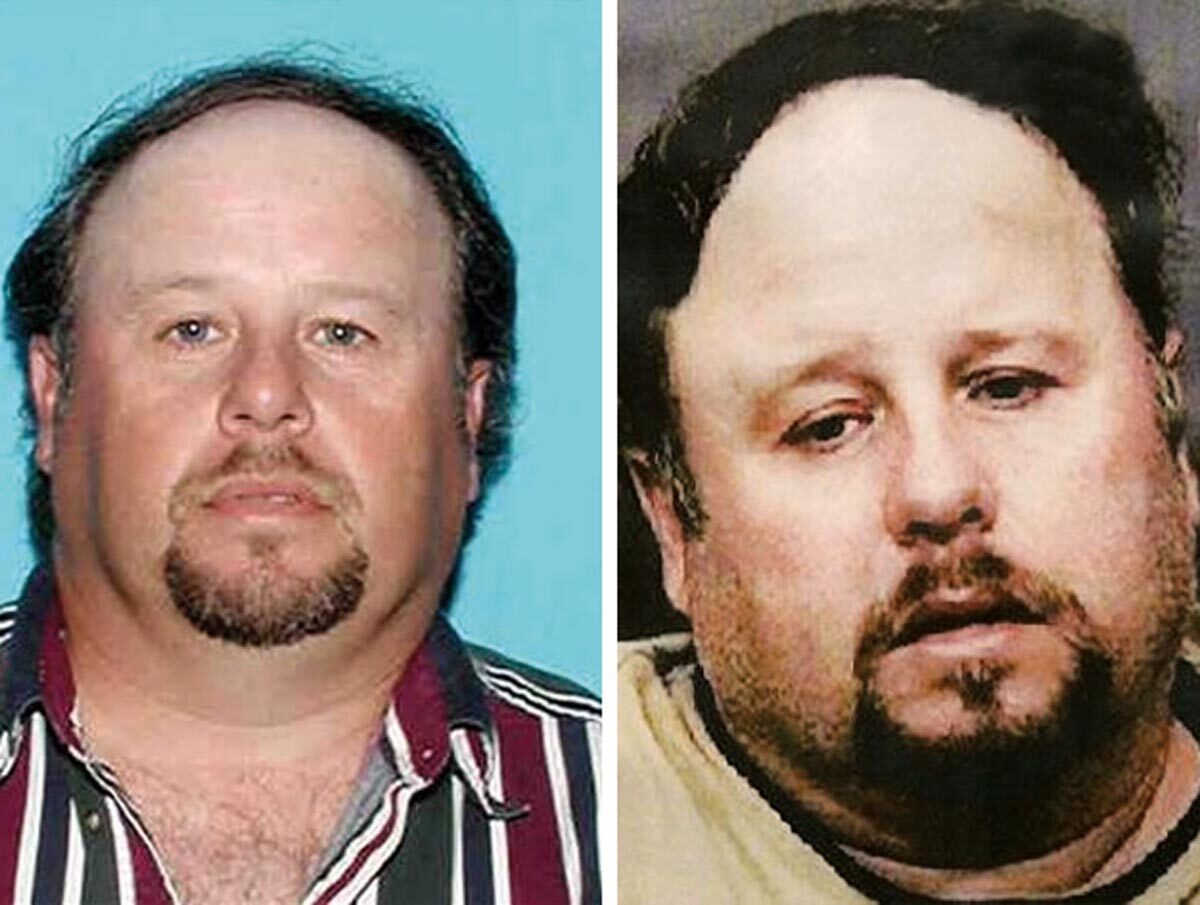
Who was Ronald Dominique? Ronald Dominique, also known as the "Bayou Strangler," was an American serial killer who terrorized Louisiana between 1997 and 2006. Born in 1964, Dominique led a seemingly ordinary life, but beneath the surface lurked a dark and twisted mind. He confessed to murdering 23 men, making him one of the most notorious serial killers in American history. His victims were often lured with promises of sex or money, only to meet a tragic end. Dominique's crimes shocked the nation and left a lasting impact on the communities affected. Understanding his life and actions provides chilling insights into the mind of a killer and the importance of vigilance in our communities.
Key Takeaways:
- Ronald Dominique's troubled upbringing and early struggles shed light on the factors that may have contributed to his descent into criminal behavior, highlighting the importance of addressing social and psychological challenges in youth.
- The impact of Ronald Dominique's crimes goes beyond the immediate victims, prompting changes in law enforcement practices and social services, while also serving as a cautionary tale about the potential for darkness in seemingly ordinary individuals.
Early Life and Background
Ronald Dominique, also known as the Bayou Strangler, is a name that sends chills down the spine. His life before his crimes offers a glimpse into the making of a serial killer.
- Ronald Dominique was born on January 9, 1964, in Thibodaux, Louisiana.
- He grew up in a small, close-knit community in the bayou region.
- Dominique attended Thibodaux High School, where he was often bullied for his weight and perceived effeminate behavior.
- He struggled academically and socially, leading to feelings of isolation.
- After high school, Dominique held various low-paying jobs, never finding a stable career.
Path to Crime
Understanding how Ronald Dominique transitioned from an ordinary life to a life of crime is crucial. His path to becoming a serial killer was marked by significant events and psychological shifts.
- Dominique's first known criminal activity was a series of petty thefts in the 1980s.
- He was arrested for attempted rape in 1996 but was released due to lack of evidence.
- His first known murder occurred in 1997, marking the beginning of his killing spree.
- Dominique targeted vulnerable men, often homeless or drug addicts, luring them with promises of money or shelter.
- He used a variety of methods to kill his victims, including strangulation and suffocation.
Modus Operandi
The methods and patterns Ronald Dominique used to commit his crimes reveal much about his psychological state and operational tactics.
- Dominique often posed as a Good Samaritan to gain his victims' trust.
- He would invite his victims to his home or a secluded area under false pretenses.
- Once isolated, he would overpower and restrain his victims.
- Dominique used duct tape and rope to bind his victims before killing them.
- He disposed of the bodies in remote areas, often in swamps or wooded regions.
Investigation and Arrest
The investigation into Ronald Dominique's crimes was a complex and lengthy process. Law enforcement faced numerous challenges in identifying and capturing him.
- The first bodies linked to Dominique were discovered in 1997.
- Over the next nine years, a total of 23 bodies were found, all linked to Dominique.
- The FBI and local law enforcement formed a task force to investigate the murders.
- Advances in DNA technology played a crucial role in linking Dominique to the crimes.
- Dominique was finally arrested on December 1, 2006, after a tip from a potential victim who escaped.
Trial and Conviction
Ronald Dominique's trial was a significant event, drawing attention from across the nation. The proceedings revealed the extent of his crimes and the impact on the victims' families.
- Dominique was charged with multiple counts of first-degree murder.
- He initially pleaded not guilty but later changed his plea to guilty to avoid the death penalty.
- In September 2008, Dominique was sentenced to eight life sentences without the possibility of parole.
- The trial included testimonies from surviving victims and families of the deceased.
- Dominique showed little remorse during the trial, maintaining a stoic demeanor.
Psychological Profile
Understanding the psychological aspects of Ronald Dominique's behavior provides insight into his motivations and actions.
- Psychologists believe Dominique suffered from severe antisocial personality disorder.
- He exhibited traits of a sociopath, including lack of empathy and manipulative behavior.
- Dominique's childhood experiences of bullying and isolation likely contributed to his criminal behavior.
- He had a history of substance abuse, which may have exacerbated his violent tendencies.
- Dominique's crimes were sexually motivated, with a desire for control and domination over his victims.
Impact and Legacy
The impact of Ronald Dominique's crimes extends beyond the immediate victims and their families. His actions had a lasting effect on the community and law enforcement practices.
- The case led to increased awareness and resources for investigating serial crimes in Louisiana.
- Families of the victims formed support groups to cope with their loss and advocate for justice.
- Dominique's crimes highlighted the vulnerabilities of marginalized populations, prompting social services to improve outreach efforts.
- The case remains a subject of study for criminologists and psychologists seeking to understand the mind of a serial killer.
- Ronald Dominique's story serves as a grim reminder of the potential for evil in seemingly ordinary individuals.
Final Thoughts on Ronald Dominique
Ronald Dominique's story is a chilling reminder of the darkness that can lurk behind a seemingly ordinary facade. Known as the Bayou Strangler, he confessed to the murders of 23 men over a decade. His crimes shocked Louisiana, leaving a lasting impact on the community. Dominique targeted vulnerable individuals, often luring them with promises of money or transportation. His arrest in 2006 brought an end to his reign of terror, but the scars left behind remain.
Understanding the details of Dominique's actions helps shed light on the importance of vigilance and community awareness. It also underscores the need for robust support systems for at-risk populations. While his story is disturbing, it serves as a crucial lesson in the ongoing fight against such heinous crimes. Stay informed, stay vigilant, and remember the importance of community in preventing future tragedies.
Frequently Asked Questions
Was this page helpful?
Our commitment to delivering trustworthy and engaging content is at the heart of what we do. Each fact on our site is contributed by real users like you, bringing a wealth of diverse insights and information. To ensure the highest standards of accuracy and reliability, our dedicated editors meticulously review each submission. This process guarantees that the facts we share are not only fascinating but also credible. Trust in our commitment to quality and authenticity as you explore and learn with us.


